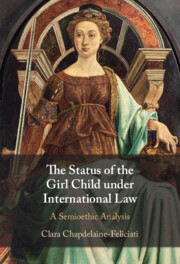This article considers the use of comparison in establishing multi-ground claims of intersectional discrimination. Leading examples of test cases from the US and the UK exemplify the challenges in using comparison to establish discrimination against Black women, based on the grounds of both race and sex. These challenges include: the insistence on using a single mirror comparator (viz white men) or the difficulties in choosing multiple comparators from a range of options (viz white women, Asian women, Black men, white men etc); the missing rationale for the selection; and the unwieldiness in actually appreciating the nature of intersectional discrimination based on this exercise. To overcome these, Canadian courts have relaxed the strict requirement of necessarily resorting to comparison for proving discrimination and switched to the flexible approach. However, in practice, flexible approach appears as fastidious as strict comparison in its selection and use of comparators. Thus, neither of the two approaches has been too helpful in supporting intersectional claims. The article argues that instead, a useful way of proving intersectional discrimination is to follow the South African approach of making comparisons contextually: (i) between all relevant comparators, identified in reference to one, some, and all of the grounds or personal characteristics; and (ii) sifting through comparative evidence with the purpose of establishing similar and different patterns of group disadvantage which characterise the nature of intersectional discrimination. This approach brings both principle and purpose to employing comparison and can be especially useful in appreciating intersectional discrimination as based on multiple grounds.


